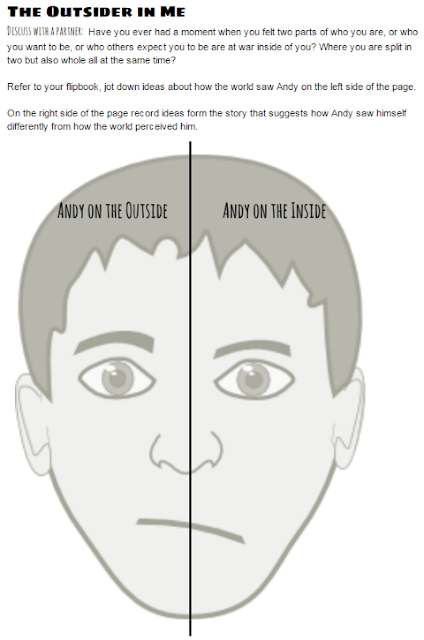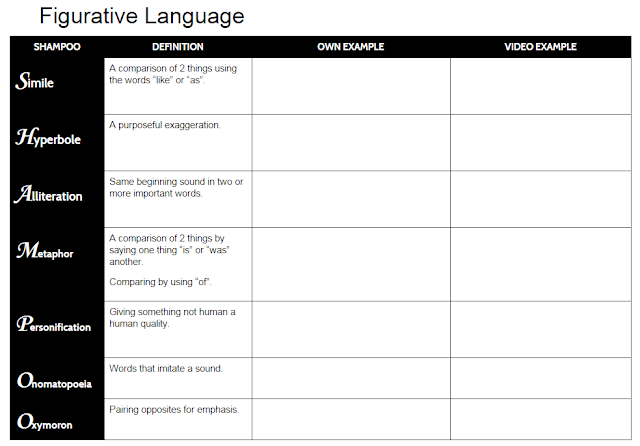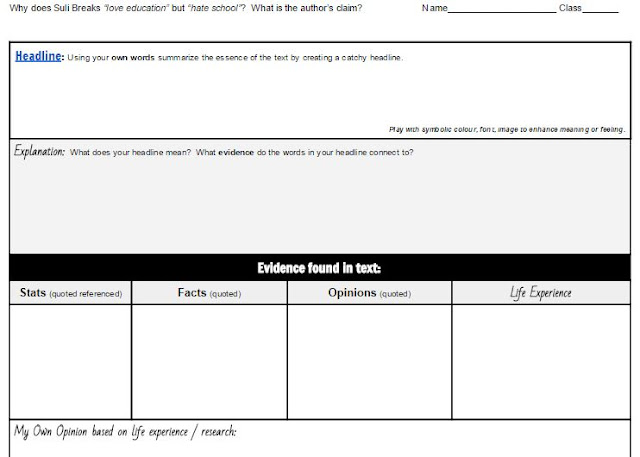The Outsider in Me
Focus Questions: What can we learn about ourselves by closely examining characters in different texts? How are characters developed? How can I selectively choose evidence to prove a character's personality?Students are on a journey to understand themselves better through scrutinizing characters!
We watched a YouTube video to help us think about what it means to be an outsider:
What It’s Like To Be An Outsider
We completed a free write: Describe a time when you felt like an outsider. See Mrs. Anderson's writing below.
Next, we read the short story "On the Sidewalk Bleeding" by Evan Hunter. Students highlighted 3 big events from the beginning, middle and end.
They also circled any items that contributed to Andy's Outsider status.
We reviewed Plot Diagram using the Pixar Short Film, "Boundin'". Students defined plot diagram items and used precise evidence from the story to support their choices.
With a partner we provided feedback. See criteria below:
Students made changes to their diagrams using the feedback from their peers.
Today students began examining how characters are developed using two Pixar Short films.
We watched "Geri's Game" to understand dominant personality traits. And we discovered that to have a dominant trait it should be easy to prove through WATO (Words, Actions, Thoughts and Opinions of others)
Next, we watched "For the Birds" and identified how we can understand a character's motivations using what we know from our own lives.
Students recorded their observations on the organizer below:
Students decided on this process for Identifying a character's personality traits:
We'll practice a more complex text to ID dominant personality traits, find proof using WATO and think about how and why characters change by examining "Boundin'" again.
Students use the chart below to record their observations:
Today students identified personality traits for how they see themselves and how the world sees them. See Mrs. Anderson's example below:
Next, students will tackle a character analysis for Andy. Mrs. Anderson will model how to identify effective evidence that proves Andy has a dominant personality trait at the beginning of the story. Students will record their ideas on Andy's split face.
Character analyses for self and Andy are Due Friday, December 11.
On Friday we'll give each other feedback to ensure we are effectively and consistently identifying and describing Andy’s qualities using evidence from the story and our own words.
As a result of all this practice, students will improve their work and then submit it for evaluation. "The Outsider in Me" Character analysis is available in Google Classroom.
Students practiced identifying plot elements using a Calvin and Hobbes comic, "Spaceman Spiff". See image below:























































